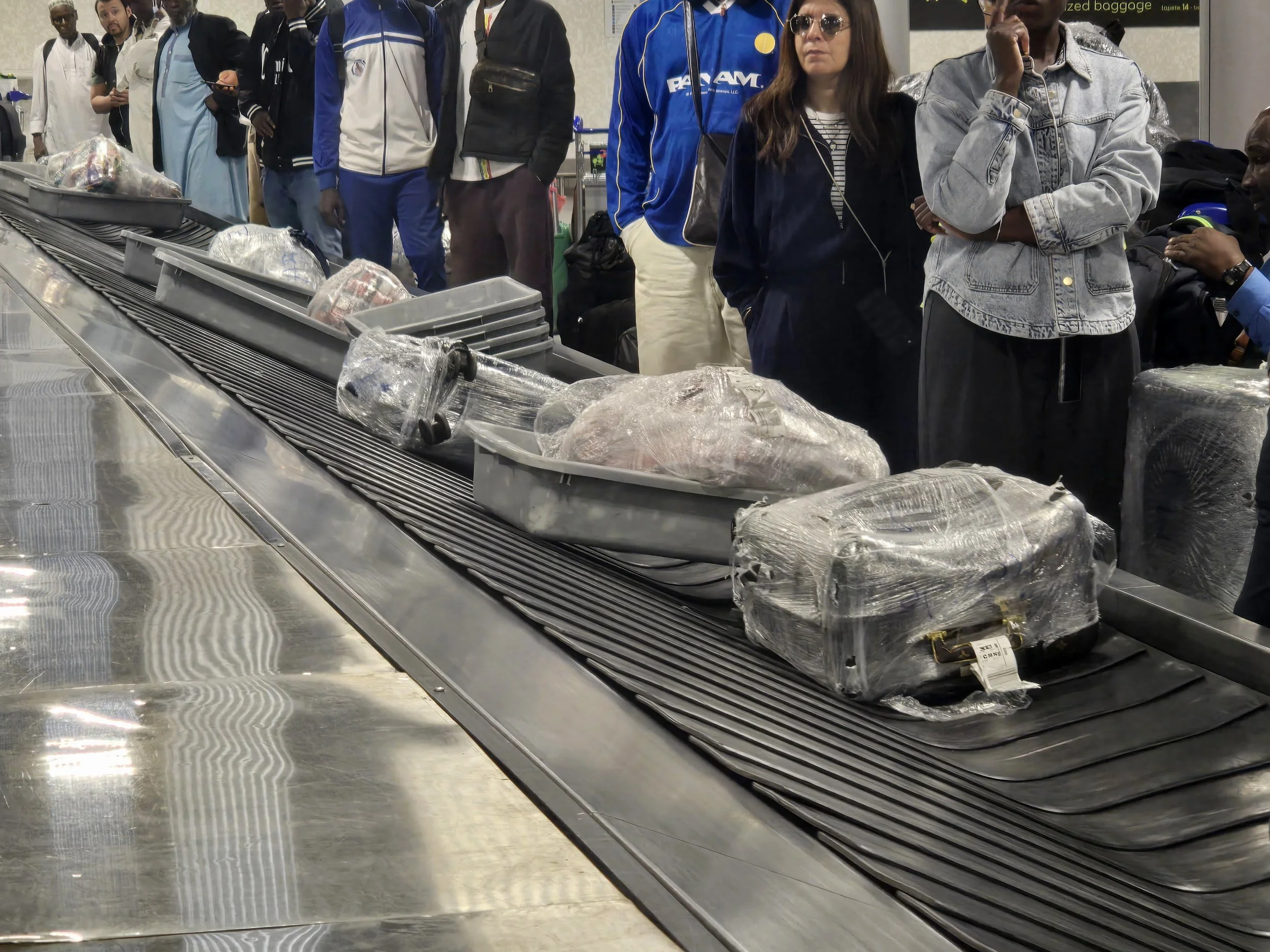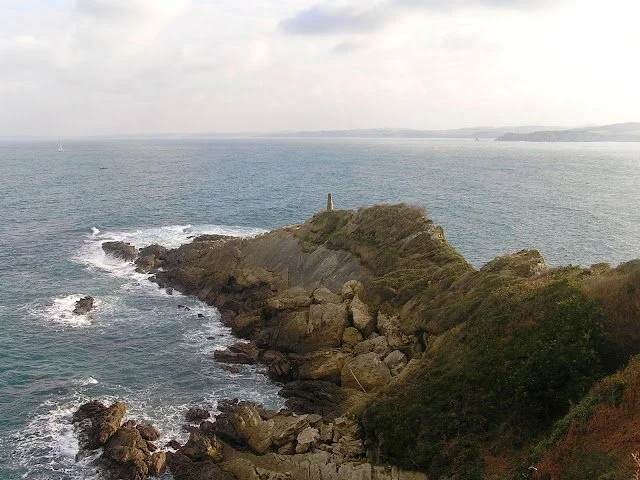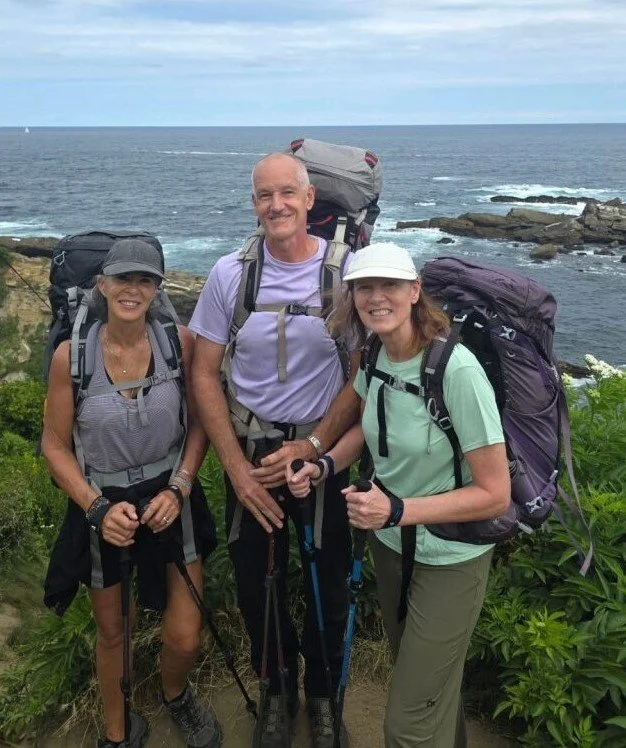Back in Europe
/The rains are coming! Western Africa’s rainy season typically runs anytime from June, bringing heavy downpours that can last until October. These monsoon-like rains are vital for the region’s agriculture, replenishing the soil and supporting local crops such as millet, sorghum, and rice. However, they pose significant challenges for travellers, as many roads become muddy and impassable. Traveling south from The Gambia involves crossing countries such as Guinea-Bissau, Guinea, Sierra Leone, Liberia and Cote D’Ivoire - regions grappling with significant infrastructure challenges and where potholes and creek crossings quickly turn into swampy quagmires. Whilst trying to persuade Bob that there is traction to be found in knee deep mud can be fun for about 20 minutes, the thought of this scenario on repeat for weeks on end has dissuaded us from continuing for the time being.
Luckily, Sukuta Camp, a well-established overlanding hub, offers a safe haven for vehicles during the wet season. It’s a popular stop for long-term travellers and Bob had plenty of company as other vehicles arrived and parked up for the few months of wet weather while their owners headed off to dryer climes.
After weighing our options and discussing how to spend our time without Bob, we finally decided to knock off an item that has been on our bucket list for some time — walking the entire GR11. Over the years, we have cherry-picked sections of the trail but an attempt to knock off the whole thing in one go has so far eluded us. The GR11 also known as the Pyrenean Trail stretches for 840 km, a traverse along the Spanish Pyrenees from Cape de Higuer on Spain’s Atlantic coast to Cap de Creus, a Catalonian headland at the Mediterranean’s edge.
Our journey out of Africa concluded with a flight into Lisbon. Given recent months through hot and dusty countries, our appearances accurately suggested hard living and/or homelessness and standing in the baggage claim area waiting for our rucksacks to appear, the stark contrast between the motley collection of cling-wrapped shopping bags and boxes on our belt and the elegant designer luggage on others couldn´t have defined us more accurately.
Once free of the airport, we caught a coach heading south, eager to get in some training for the GR11 with some coastal hiking from east to west along the Algarve. Last year, we explored Portugal’s less-trodden western coast along the Fisherman’s Trail, so this time, we decided to discover the southern shores. Despite no marked trail to input into Gaia, navigating was straightforward enough - keep the sea on the left.
For 10 relatively flat but swelteringly hot days we were once again enchanted by this small corner of Europe and the diversity contained within it. We passed through the lively towns of Faro and Albefeira, the golf courses and massive villas of Vale de Lobo, savoured the tranquility of Rio Formosa and Caminha da Baleeira National Parks and were wowed by the natural beauty of the rugged limestone coastline as we approached Lagos.
One of the questions we get asked repeatedly is, should the time come for us to settle down where would that be? Whilst there are large areas of the world that we have yet to experience, our repeated visits to Portugal would suggest that this small country is well and truly on our list of preferred locations. With its attractive climate, outdoorsy lifestyle, relatively low cost of living, friendly people and safe reputation, it ticks a lot of boxes. It appears we are not alone in our thinking as Portugal was named the world’s best retirement destination in 2023 by International Living Magazine’s Annual Global Retirement Index before being usurped by Costa Rica in 2024. Hopefully any decision in this respect is still some years away and in the meantime ......
....... feeling a little guilty about having abandoned Bob, we made a quick visit to the UK to get him a new gear stick, the original having disintegrated part way across the Sahara. Rather unusually, the UK was also sweltering under a heatwave and our arrival coincided with the hottest day of the year so far; a cool 34°C. For a country only just beginning to adapt to air conditioning, heatwaves are extremely uncomfortable. Shops, cinemas, cafes, and public transport all transform into sweltering, airless spaces and the thought of African rains didn’t seem quite so bad.
The GR11 can be walked in either direction. The Cicerone guide suggests west to east with the weather on our backs, so who were we to argue. But first we had to get to the trailhead. Close to the Spanish/French border, the nearest airport is San Sebastian Donostia. In hindsight, this wasn’t the best choice. Lack of space has forced the small runway out to sea and although classed as an international gateway only the smallest of planes are able to land. The limited choice of flights therefore had us flying from London to Mallorca where we had a short window to catch the Basque airline connection. Two hours after boarding at Stanstead, our plane was still sitting in a scrubby field waiting permission to get onto the runway and take-off. So, plenty of time for an email to drop advising that we would miss our connection. The only option available to us was to book a later flight out of Mallorca which landed at Bilbao where we caught a bus for the final 100km east to our destination.
Mind you, any inconveniences we were having, were nothing in comparison to what Ian’s twin sister Helena was experiencing. Recently retired and deciding to join us for the trek, her itinerary was Oz - London - Madrid - Donostia, a total journey time of around 45 hours. Her rather uninspiring schedule included an 11 hour wait at Heathrow, followed by a further 7 hours hanging around in Madrid. Fortunately, just after arriving at Heathrow, common sense prevailed and she purchased a ticket from Heathrow to Bilbao with a tiny 50 min window to catch a connection in Brussels. Risky, yes. But it paid off in spades as an hour after reaching us in San Sebastian a notification dropped informing that the flight to Madrid had been cancelled due to chaos at the airport.
In the couple of days prior to taking our first steps on the trail we took full advantage of the culinary delights that San Sebastian is so renowned for. No food groups were out of bounds and recommended alcoholic content was gleefully ignored. Unfortunately, our hedonistic behaviour was short lived and all too soon we were stood looking down at the Atlantic after having reached a unanimous decision that the short clamber down over the rocks to dip our boots in the sea (a traditional start to the journey) was too much trouble!!!
The only discernible landmarks at Cape Higeur were a small lighthouse, a basic cafe bar and the three of us obscuring the GR11 sign which marked the point of departure. The time had passed for second thoughts and it was now time to walk the talk.
With an estimated travel time of 6-8 weeks this will be the longest hike we have attempted and, for Helena, an epic of firsts. First multi-day hike, first time with a back-pack, first time in mountainous terrain and first time sleeping in a tent. Courageous (?) stuff indeed!






